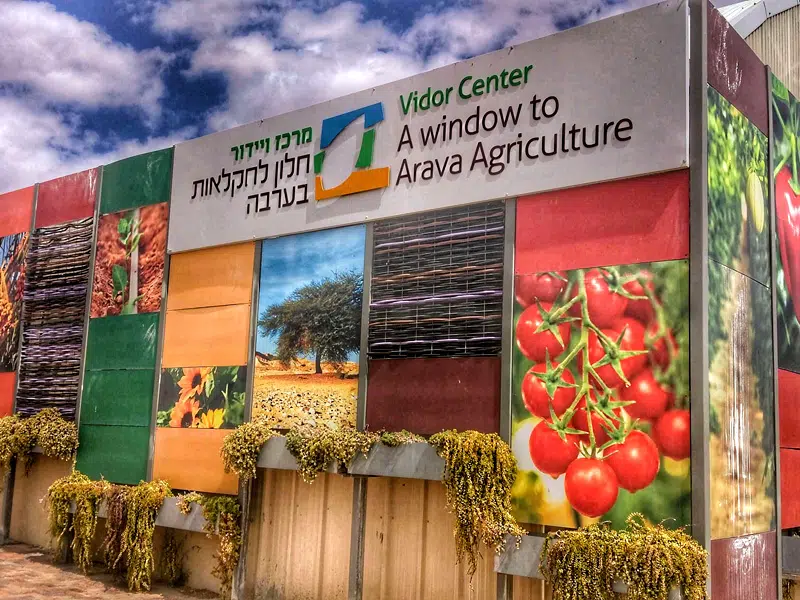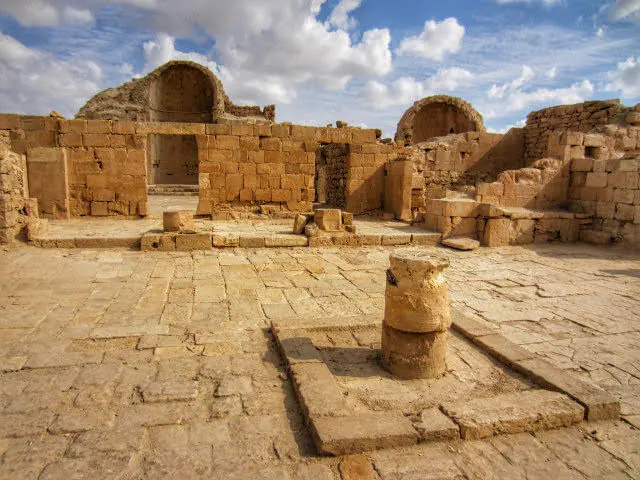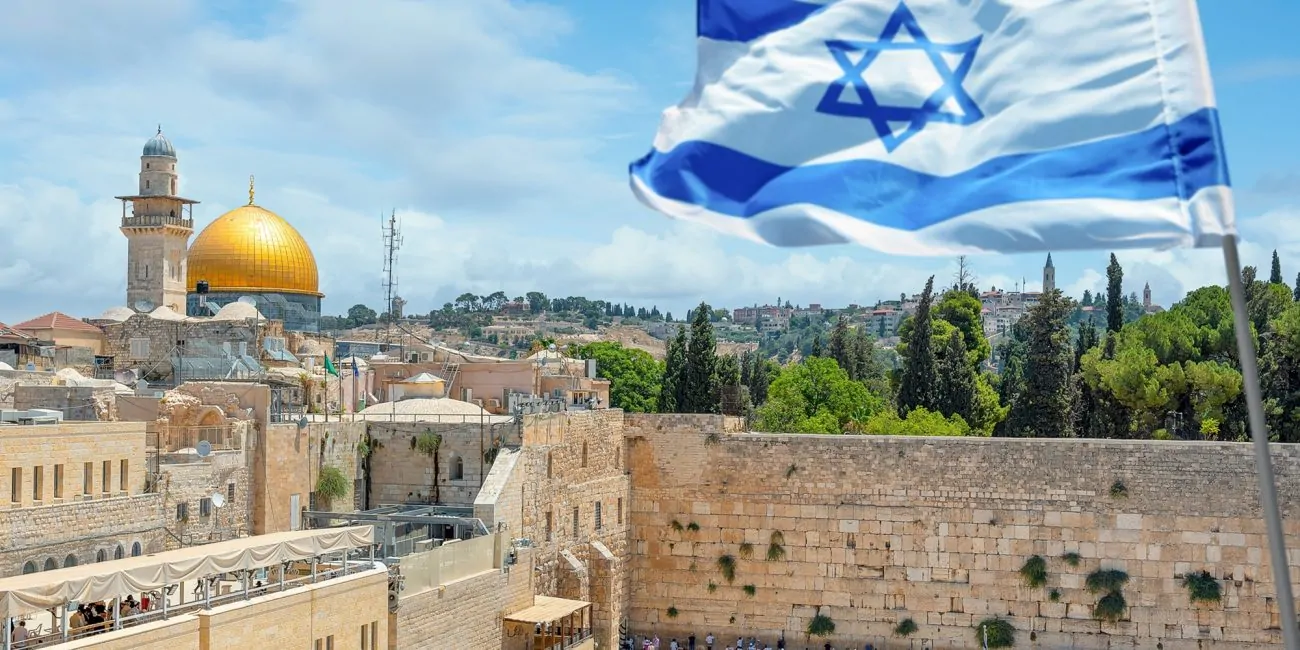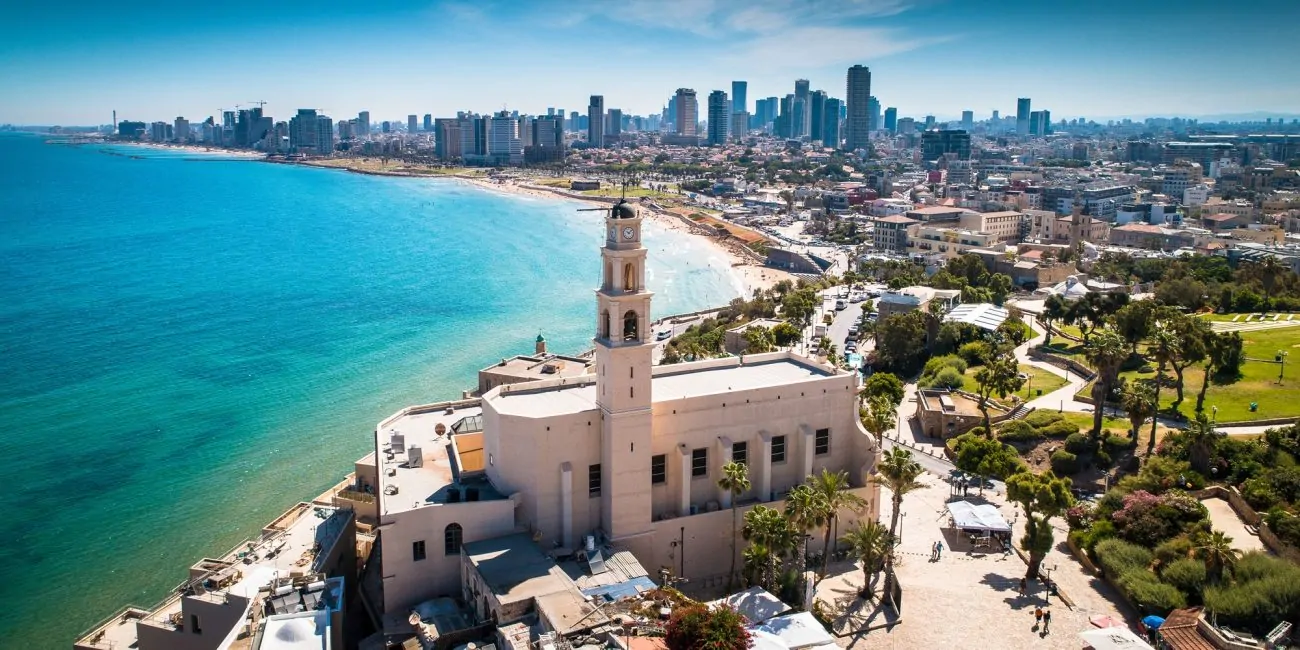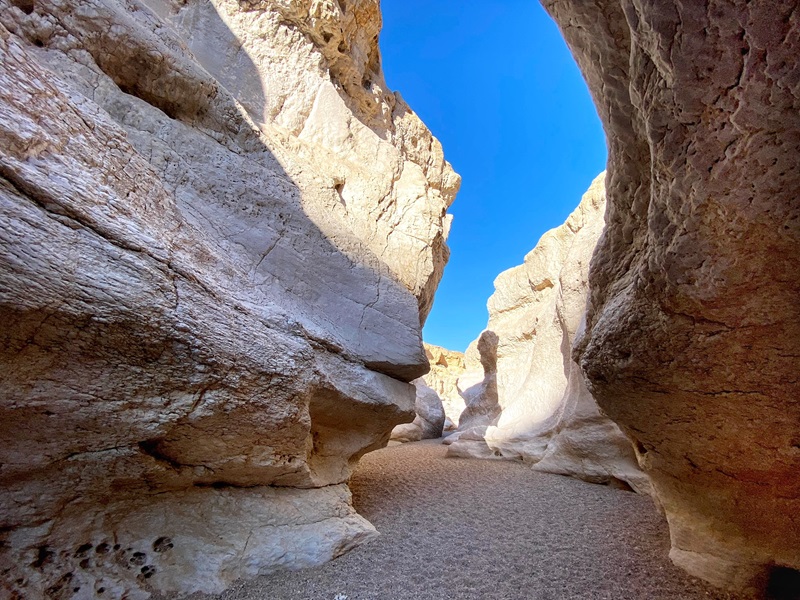Ruheiba / Rehovot in the Negev

Set deep in the heart of the Negev desert, Ruheiba prospered in the Byzantine period. Covering an area of 30 acres, it is estimated that about 3,000 people lived here. Perhaps some were employed by the Romans to guard and patrol the Imperial borders. Surveys of the site’s surroundings indicated that the dwellers of Ruheiba developed a sophisticated water system. Rainfall drained into terraced fields and water cisterns, provided water and food to last the year-round. The site was probably abandoned following the Muslims of the region. Today, even its ancient name has yet to be discovered.
An expedition from Hebrew University carried out the main excavations of Ruheiba (also called in Hebrew ‘Rechovot in the Negev’) in the 1970s. The team uncovered some of the site’s private houses and the remains of two churches.
The Incense Route and the Negev
The ‘Incense Route’ was a network of ancient roads that enabled transferring precious spices and perfumes across the Arabian Peninsula to the Mediterranean coast. The total length and exact path of the Incense Route are still not fully known. It began in Yemen, passed through Mecca, Medina, and Petra, and ended in the ports of Gaza and El-Arish. The path from Petra to the Mediterranean coast is better documented. It passed the Aravah and traversed through the heart of the Negev, including a problematic cross of the Ramon Crater. Today, the route and its related archaeological sites are UNESCO World Heritage Sites.
Touring Ruheiba
The site can only be reached by an off-road vehicle on weekends, as the area is in a military training zone. A visit to the site can be combined with an off-road day tour along the ‘Incense Route.’
